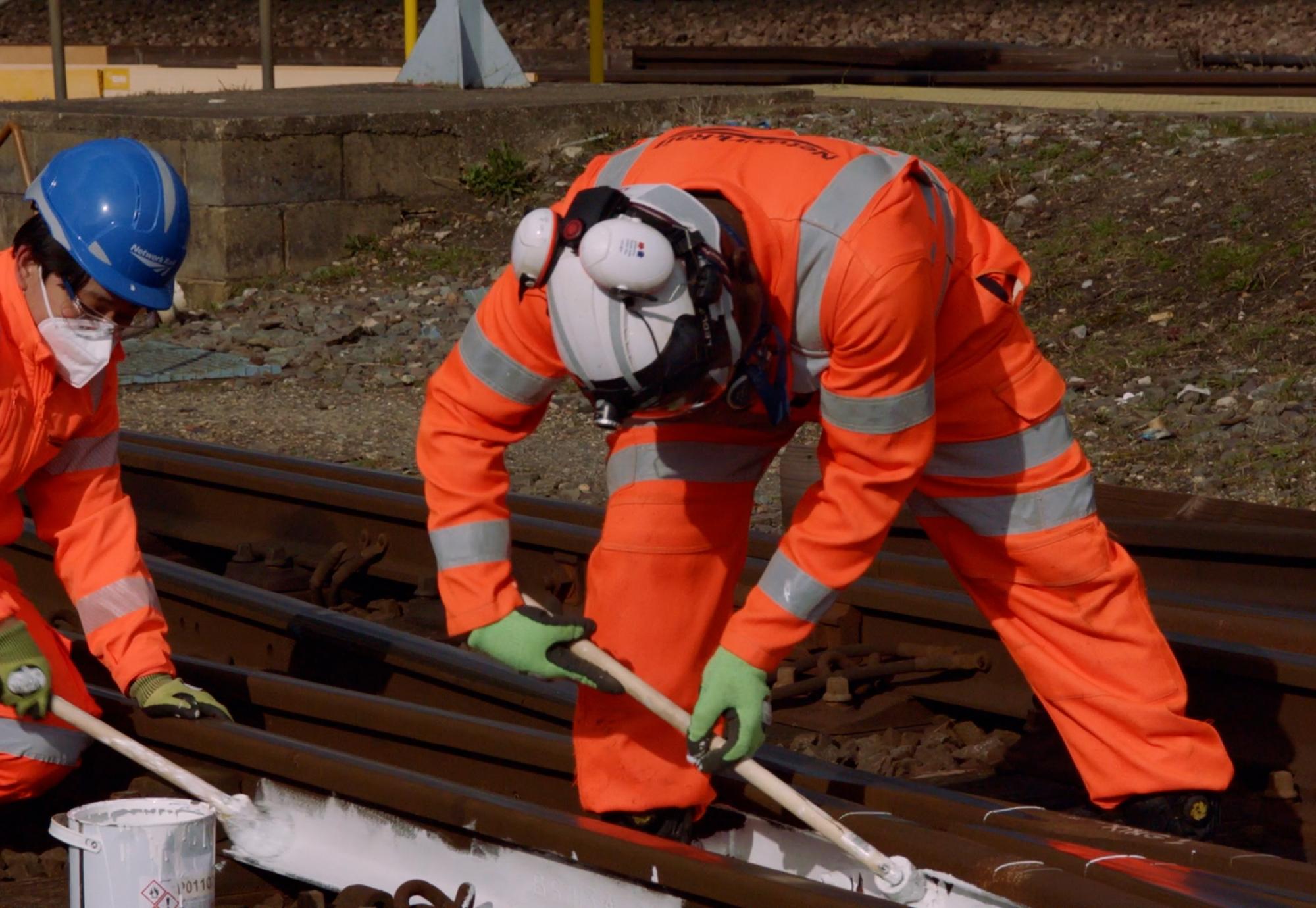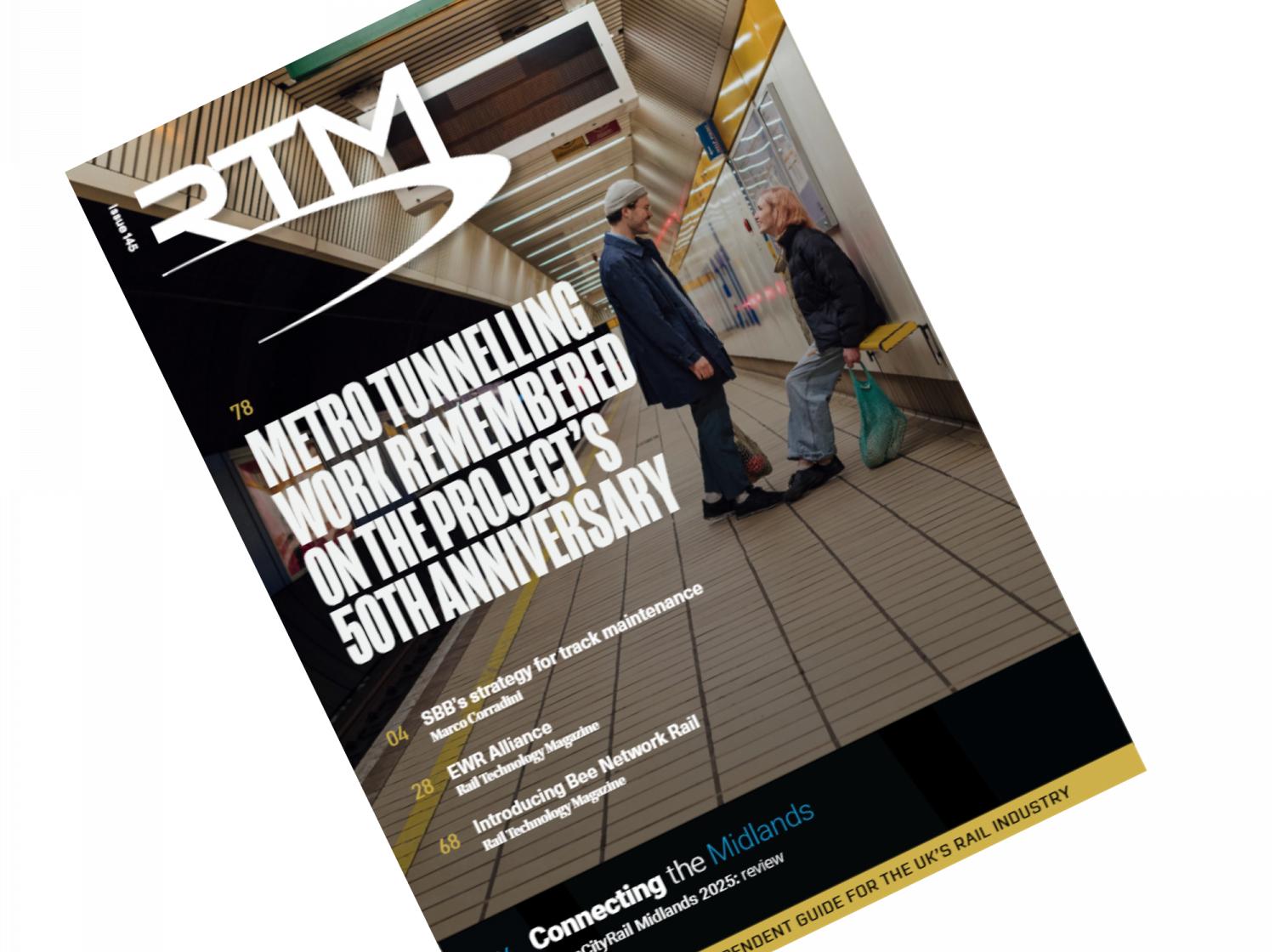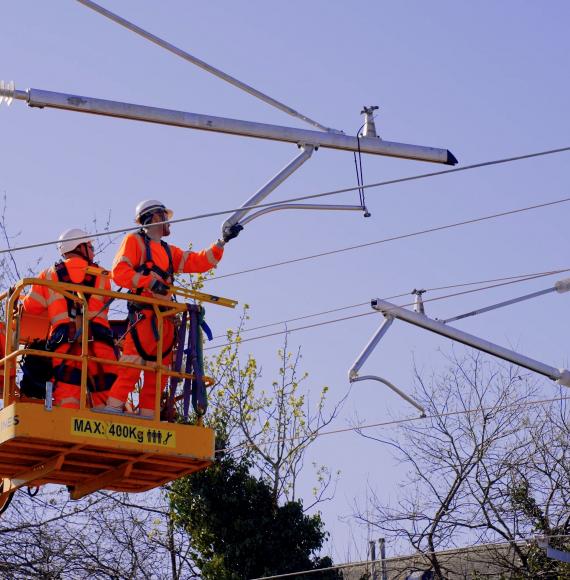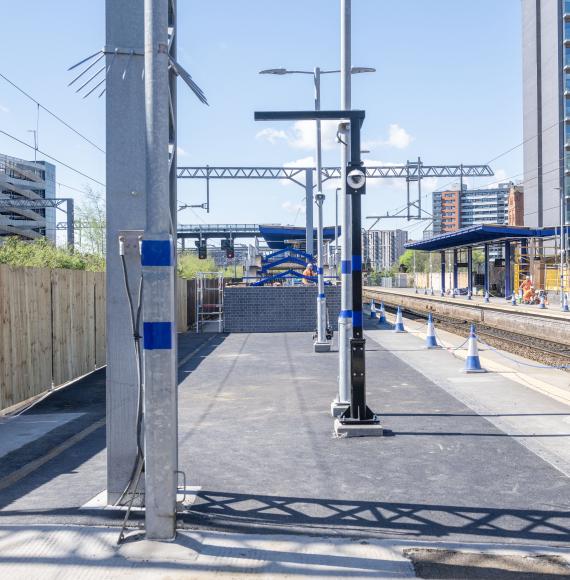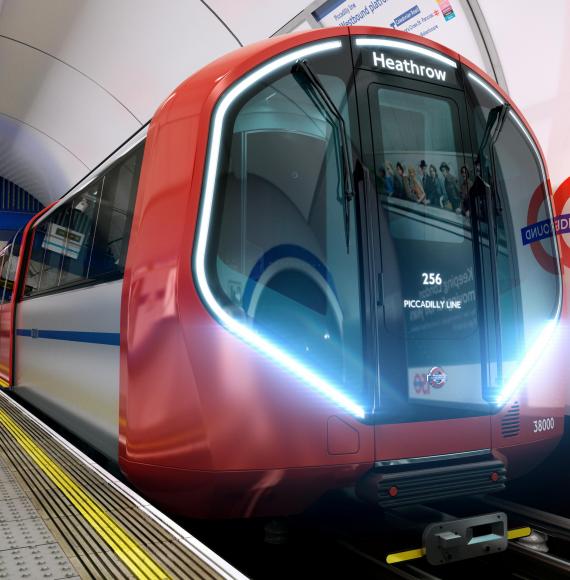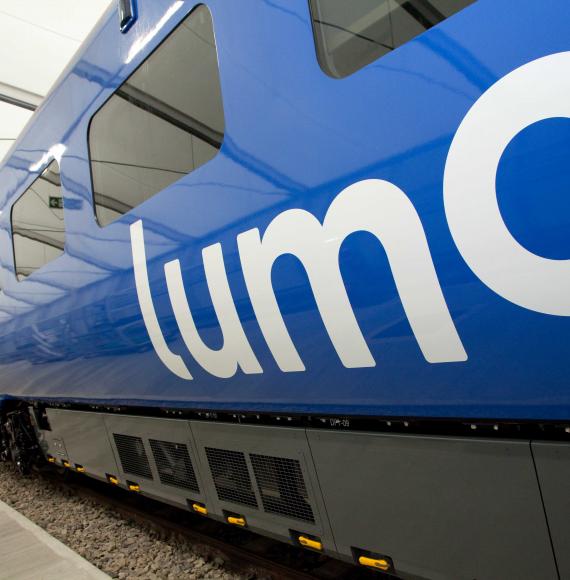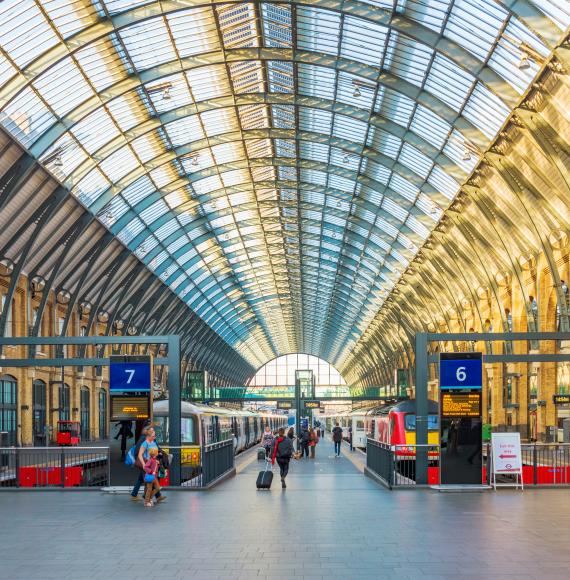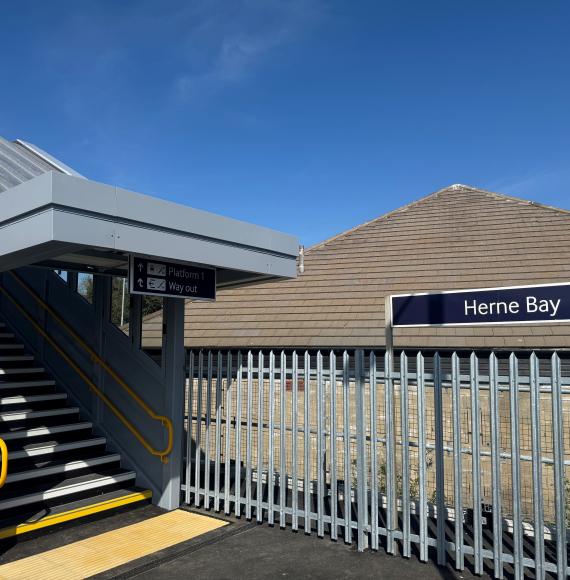Hundreds of Network Rail workers armed with brushes, rollers and approximately 1,500 litres of white paint are taking to the tracks to prepare the railway for the hot months ahead – helping to keep passengers and freight on the move.
Spring is the season of DIY projects and a simple lick of paint can go a long way. Over the next few weeks, sections of railway line across the length and breadth of Britain’s network will be painted white to help reflect the sun's rays and reduce overheating and deformation.
With summer 2024 being Europe’s warmest on record* at 1.54°C above the 1991-2020 average - exceeding the previous record from 2022 (1.34°C) - extreme hot weather is a serious challenge for the railway.
Britain’s network has thousands of miles of track and in a summer heatwave, rails in direct sunshine can be as much as 20°C hotter than air temperature. As rails are made from steel, they expand as they get warmer, and can start to curve – otherwise known as ‘buckling’ which can lead to disruption for passengers.
From 1 April 2023 to 31 March 2024 buckled rails, due to heat, caused over 240 days (350,006 minutes) of delays for passengers.** While this represents a 14%reduction in delay minutes compared to the previous year (406,876 minutes), there is more work to be done.
Network Rail works hard to keep passengers moving in hot weather and minimise disruption caused by overheating rails. By painting parts of the rail white, they absorb less heat – reducing the risk of expansion. Typically, a rail painted white is 5°C to 10°C cooler than one left unpainted
Alongside painting sections of rail white, Network Rail works closely with specialist weather forecasters and local weather stations to make necessary plans and take action so rails are less likely to buckle. This includes checking track stability each winter, as part of ongoing maintenance, and strengthening weak parts. Meanwhile, probes have been installed on certain parts of the network to alert when track temperatures rise. When very hot weather is forecast, train speed restrictions are introduced resulting in less force on the rail.
Lisa Angus, Industry Weather Response Director, Network Rail said: “Soaring temperatures on the railway can put a huge amount of pressure on our infrastructure. With extreme weather events becoming more frequent we’re working hard to keep passengers moving through the summer months ahead.
“Last year we announced plans to invest £2.8 billion over the next five years to make the network more resilient to the issues caused by climate change; helping to keep our railway safe, improve performance and minimise disruption.”
Image and Video credit: Network Rail

